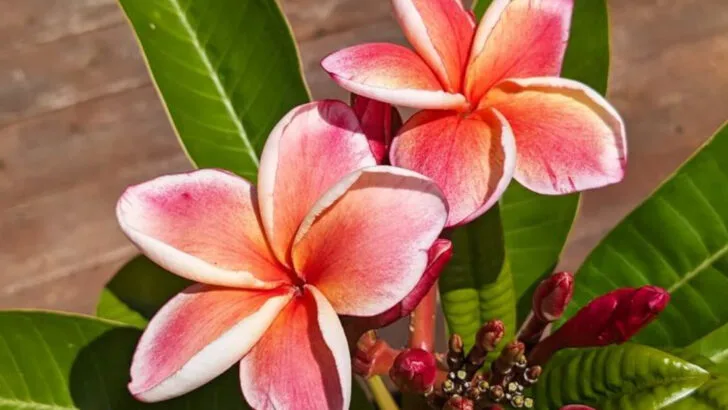Summer heat can be a love language for some plants—and a breakup for others. While a few garden favorites turn up their scent the moment the sun gets intense, others wilt, fade, or throw in the towel unless they’ve got some shade to hide under.
In this guide, we’re highlighting 8 sun-loving plants that smell their absolute best on hot days, releasing rich, heady fragrance as temperatures climb. These are the drama queens of scent—bold, attention-grabbing, and basically made for the spotlight. On the flip side, you’ll meet 9 gorgeous shade-friendly plants that thrive in cooler corners and bring beauty without demanding center stage.
Whether your space is blazing bright or gently dappled, there’s a plant on this list that knows how to shine exactly where it’s planted.
Gardenia
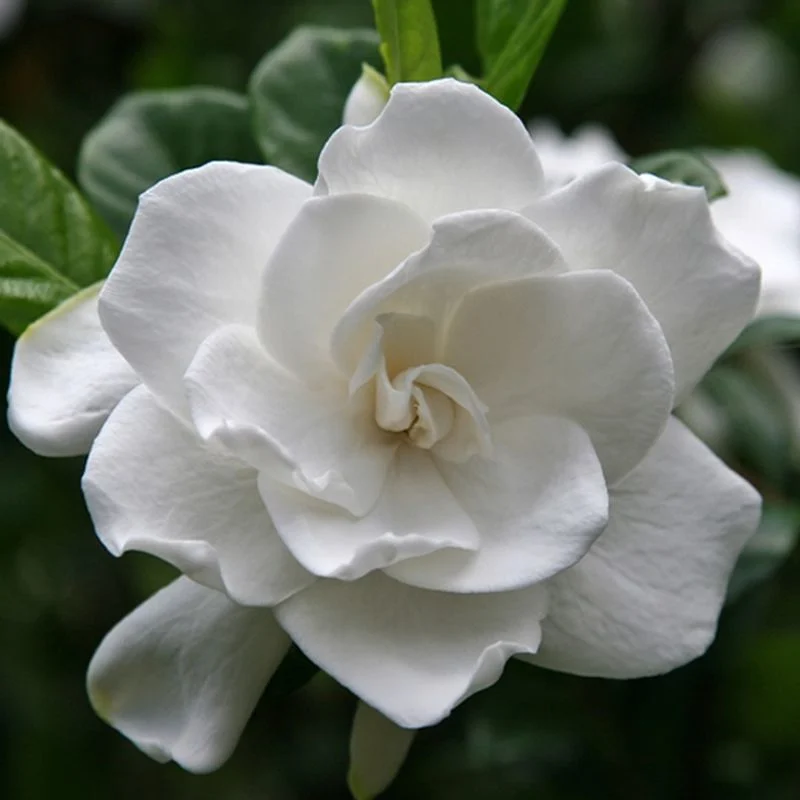
Imagine the air thick with the intoxicating fragrance of gardenia. Renowned for its creamy-white blooms, this plant releases its scent more intensely as temperatures rise. It’s a symphony of aroma that becomes a signature note of warm climates.
The gardenia’s fragrance is unparalleled during the summer months, harmonizing with the gentle rustle of leaves. It’s a classic southern staple, often found gracing gardens with its lush appearance.
Cultivating gardenias requires attention to soil acidity and moisture, rewarding gardeners with sensory delight. Perfect for those seeking a touch of elegance and aromatic charm.
Lavender
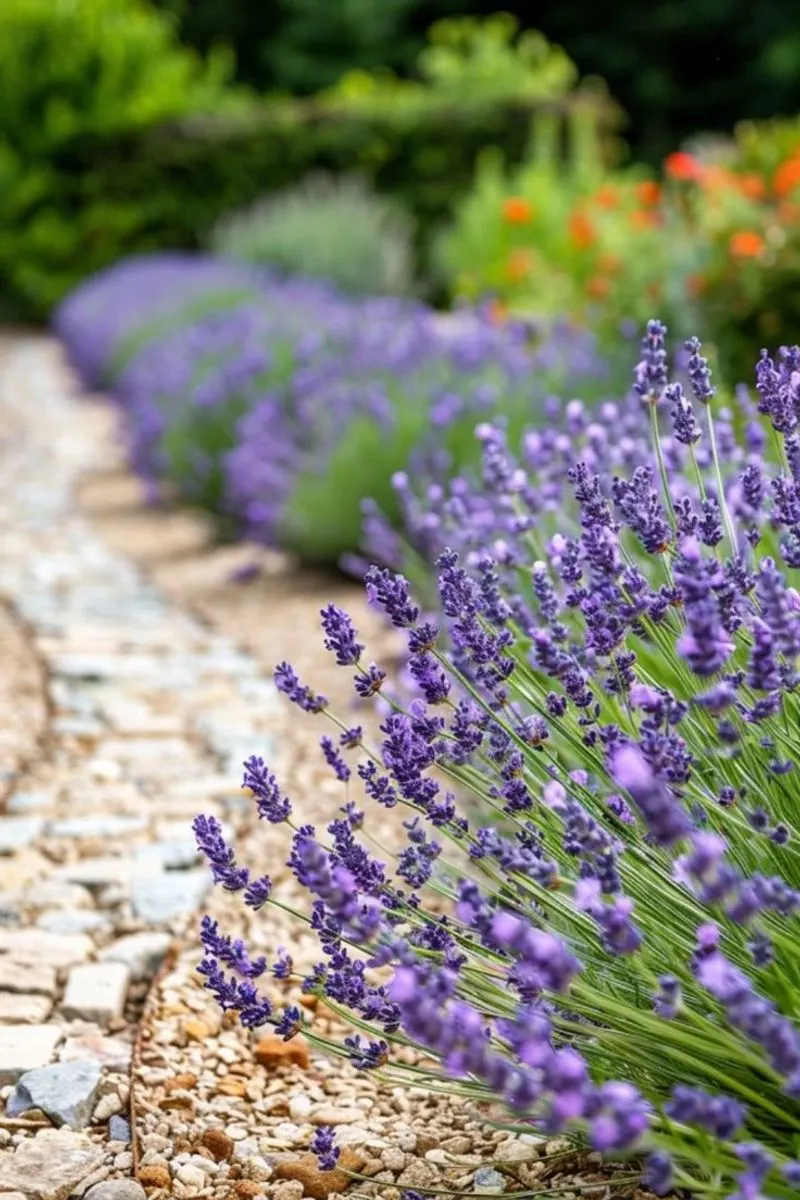
Picture rows of lavender swaying gently in the breeze. Known for its calming scent, lavender becomes even more aromatic under the sun’s embrace. It’s as if the plant is communicating through fragrance, inviting relaxation and peace.
Lavender thrives in sunny, well-drained spots, making it ideal for gardens seeking both beauty and function. Not only does it attract pollinators, but it also serves as a natural air purifier.
Its cultivation is straightforward, with minimal demands apart from sunlight, giving back a bounty of relaxation and aromatic pleasure.
Rosemary
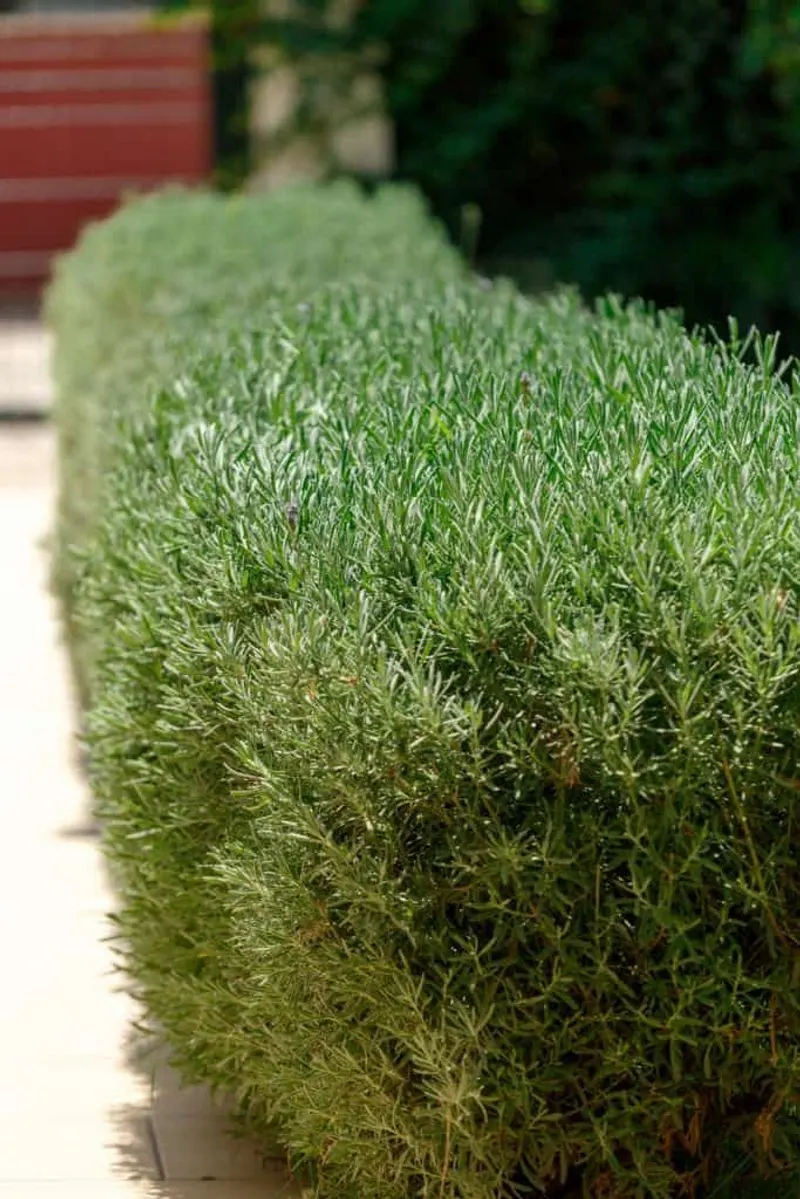
Rosemary’s robust aroma is like a culinary promise. When the heat intensifies, this herb’s fragrance becomes more pungent, filling the air with its distinctive scent. It’s as if rosemary is sharing a secret of the Mediterranean sun.
This herb is more than just an aromatic companion; it is also a resilient addition to any garden. Preferring sunny locations with well-drained soil, it stands as a testament to the beauty of simplicity.
Rosemary’s hardy nature and versatile use in cooking make it a cherished plant for both novice and expert gardeners.
Jasmine
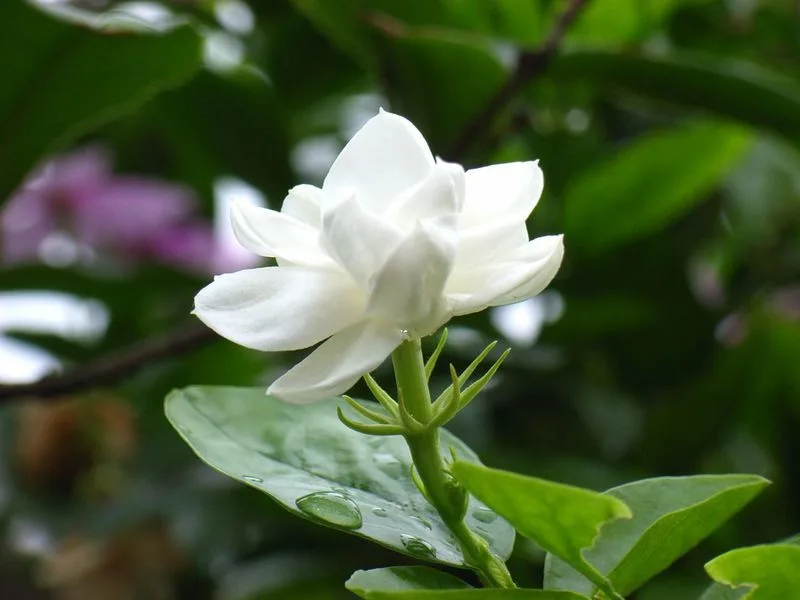
Jasmine’s scent is often synonymous with romance, and it’s during the hotter months that this plant truly shines. The warmth seems to coax the fragrance from its star-shaped flowers, creating a sensory experience reminiscent of sultry summer evenings.
This plant thrives when bathed in sunlight, its blossoms offering a continuous perfume that is both exotic and familiar.
Gardening with jasmine involves ensuring its vines have room to climb and flourish, revealing its full fragrant potential. It’s a plant that invites you to pause and breathe deeply.
Citrus Trees
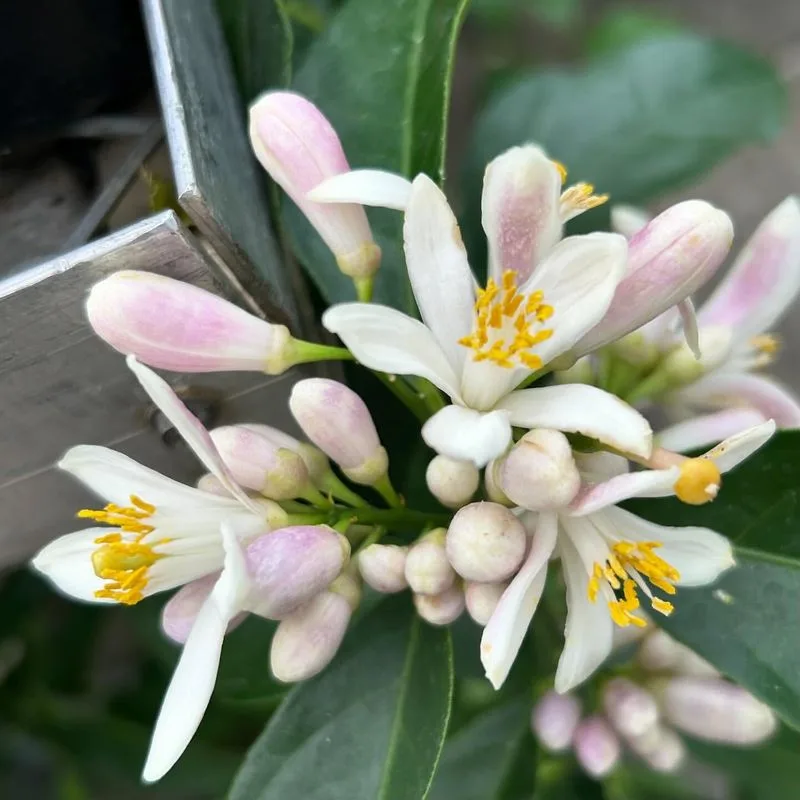
Citrus trees are more than just a source of fruit; their blossoms emit a fragrance that intensifies with heat. It’s like a burst of sunshine with every sniff, invigorating and fresh.
During the warmer months, the scent of citrus blossoms fills the air, blending with the sweet promise of fruit to come. These trees are a staple in Mediterranean gardens, evoking a sense of endless summer.
Growing citrus requires attention to watering and sun exposure, offering a rewarding challenge for those eager to experience its aromatic and fruitful bounty.
Plumeria
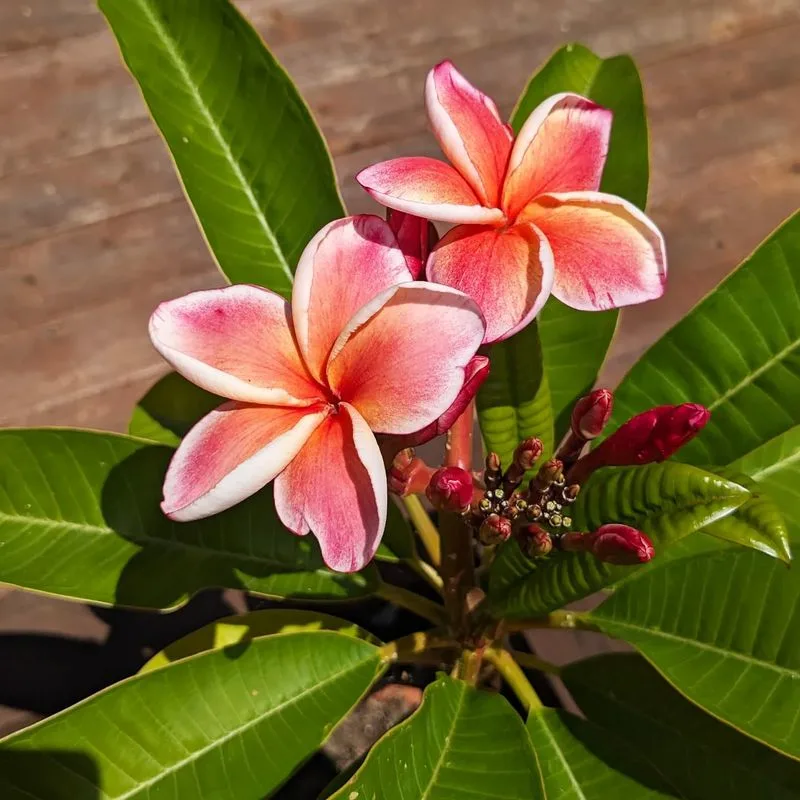
The allure of plumeria is undeniable, with its fragrance reminiscent of tropical paradises. When the sun is high, its flowers release a scent that’s both heady and sweet, capturing the essence of an island escape.
This plant loves sunny spots and well-drained soil, offering blooms that are as beautiful as they are fragrant. Often used in leis, plumeria’s scent is a cultural icon in tropical regions.
Caring for plumeria involves ensuring it has ample sunlight and protection from cold, making it a delightful addition to gardens seeking a slice of paradise.
Sage
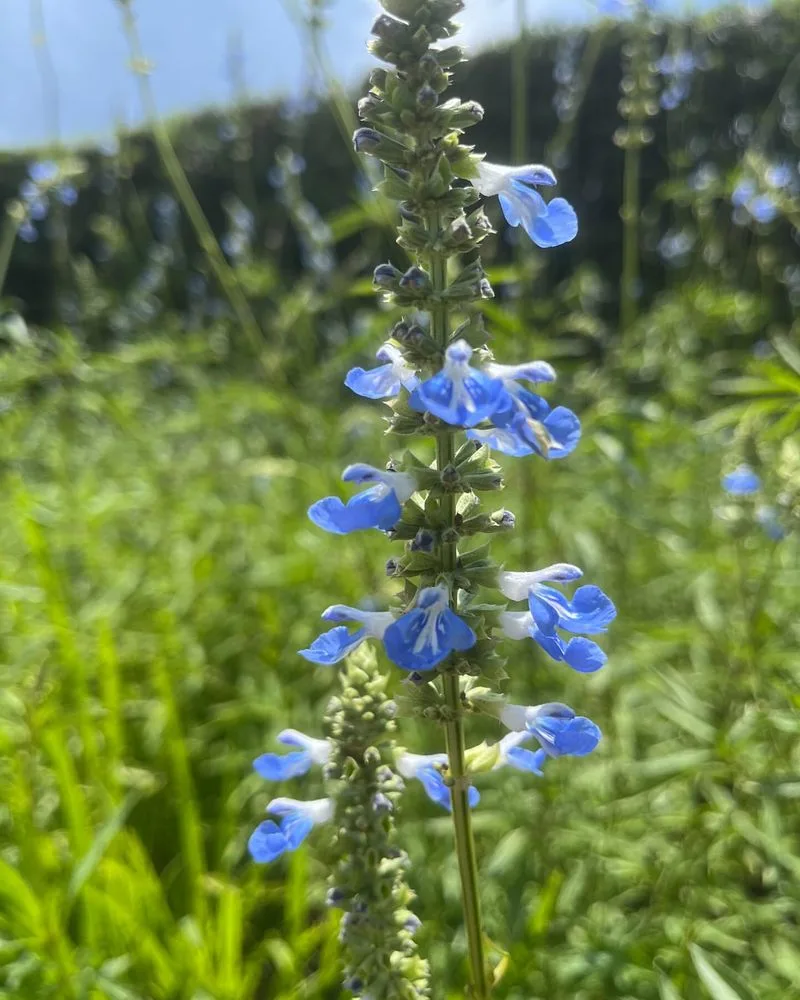
Sage offers more than culinary use; its earthy aroma becomes more pronounced with heat, making it a fragrant garden favorite. It’s like a whisper of wisdom from the plant world.
This herb thrives in sunny locations, its leaves releasing a scent that is both grounding and invigorating. Sage is often associated with cleansing and healing, making it a staple in herb gardens.
Caring for sage involves ensuring well-drained soil and ample sunlight, providing both olfactory pleasure and practical culinary uses.
Patchouli
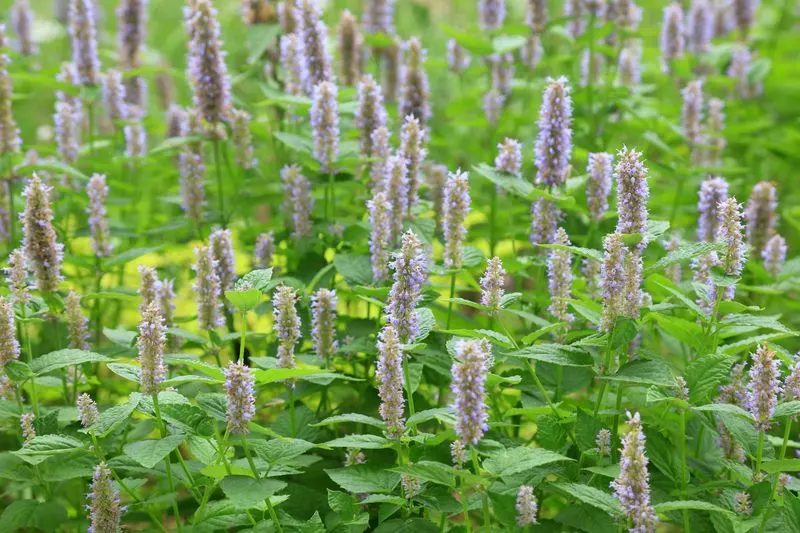
Patchouli’s distinctive scent is synonymous with warmth and earthiness, intensifying when the plant basks in the sun. It’s as if each leaf holds a promise of adventure and mystery.
This plant prefers warm climates and well-drained soil, rewarding gardeners with its unique aroma. Patchouli’s scent is often used in perfumes and incense, highlighting its historical significance.
Growing patchouli involves nurturing its leaves through careful attention to its environment, making it a treasured plant for those who appreciate its bold fragrance.
Hosta
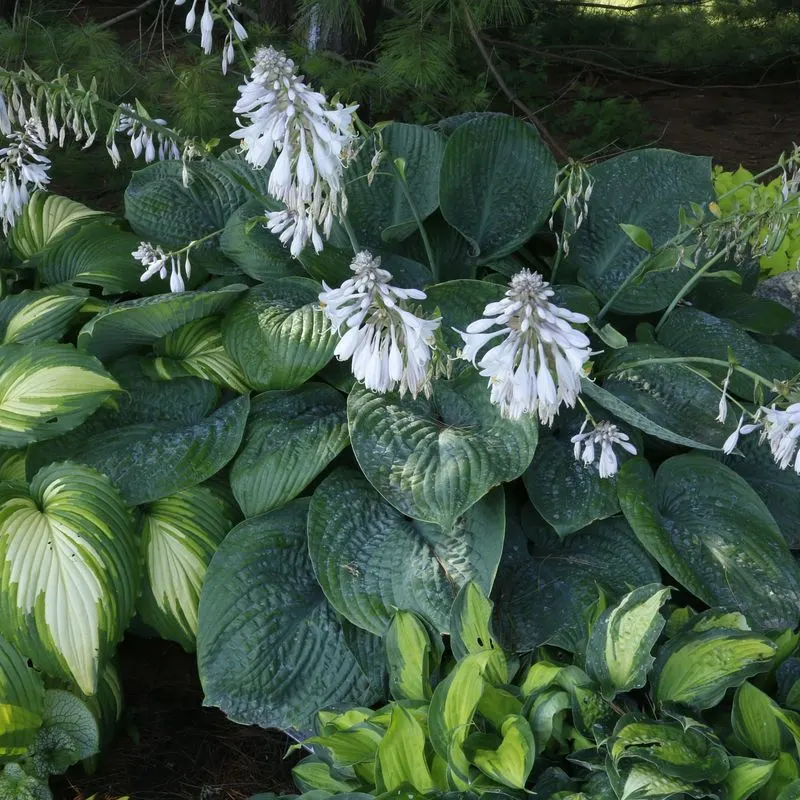
In the world of shade-loving plants, hostas are like the quiet heroes of the garden. Their leaves come in an array of greens, blues, and even gold, providing textural interest in low-light areas.
Hostas require minimal sun, thriving in shaded corners where their foliage can expand and flourish. They are resilient, adaptable, and perfect for adding depth to garden design.
Maintaining hostas involves regular watering and protection from slug damage, offering a reward of lush foliage that enhances any shaded space with natural elegance.
Ferns

Ferns bring a sense of prehistoric mystery to gardens, thriving in the shade where their fronds unfurl with grace. It’s like stepping back in time, discovering nature’s ancient artistry.
These plants prefer shady, moist environments, making them ideal for woodland gardens or damp spots. Their diverse forms and sizes allow for creative planting arrangements.
To grow ferns successfully, focus on maintaining moisture and providing rich, organic soil, transforming shaded areas into verdant retreats.
Astilbe
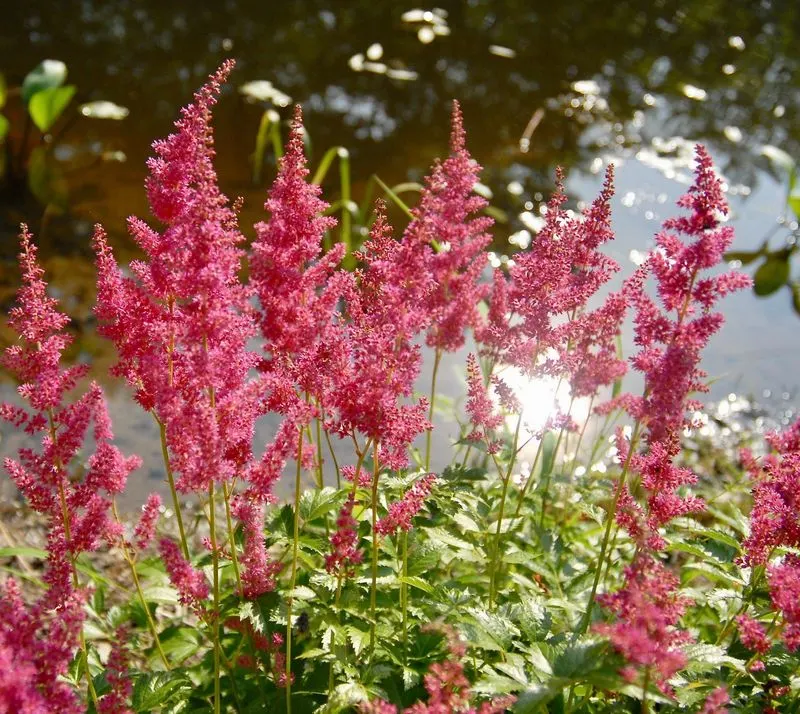
Astilbe is the epitome of grace in shaded gardens, with its feathery plumes adding soft texture and color. It’s as if the plant is weaving a tapestry of elegance in the shadows.
These perennials thrive in moist, shaded areas, rewarding gardeners with blooms that stand against the darkness. Their varied colors add a splash of vibrancy to any garden.
Caring for astilbe requires attention to soil moisture and avoiding direct sunlight, ensuring its blooms remain a focal point of beauty and intrigue.
Bleeding Heart
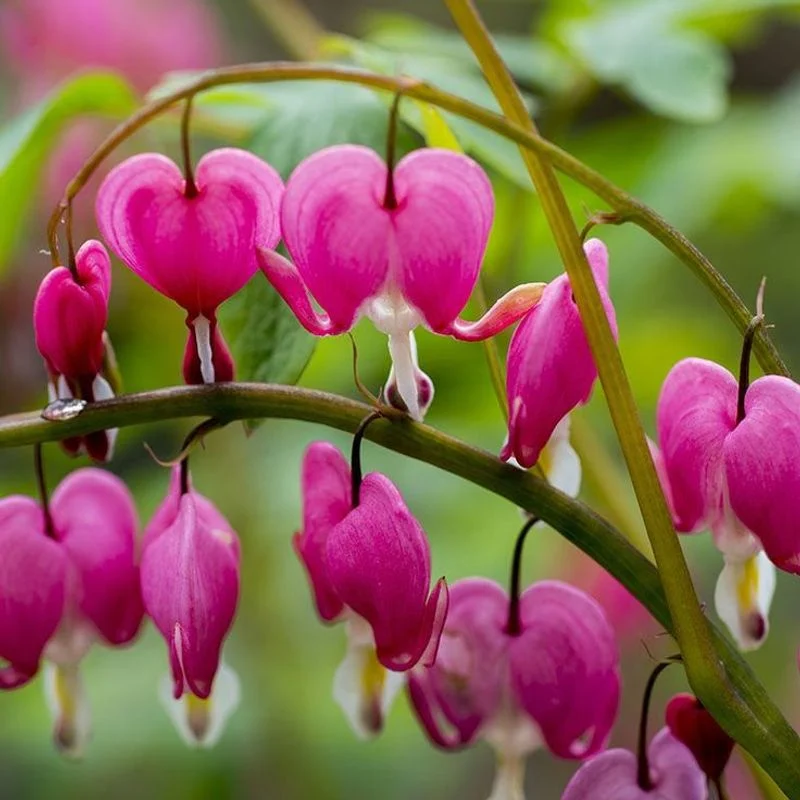
The bleeding heart’s flowers are like nature’s love letters, each bloom telling a story of delicate beauty. In the shade, these plants reveal their heart-shaped blossoms with understated elegance.
They prefer cool, shaded spots where they can spread their graceful arching stems. The pink and white flowers add a romantic touch to shaded gardens.
Growing bleeding hearts involves ensuring well-drained soil and regular watering, making them a sentimental favorite for those who appreciate their unique charm.
Fuchsia
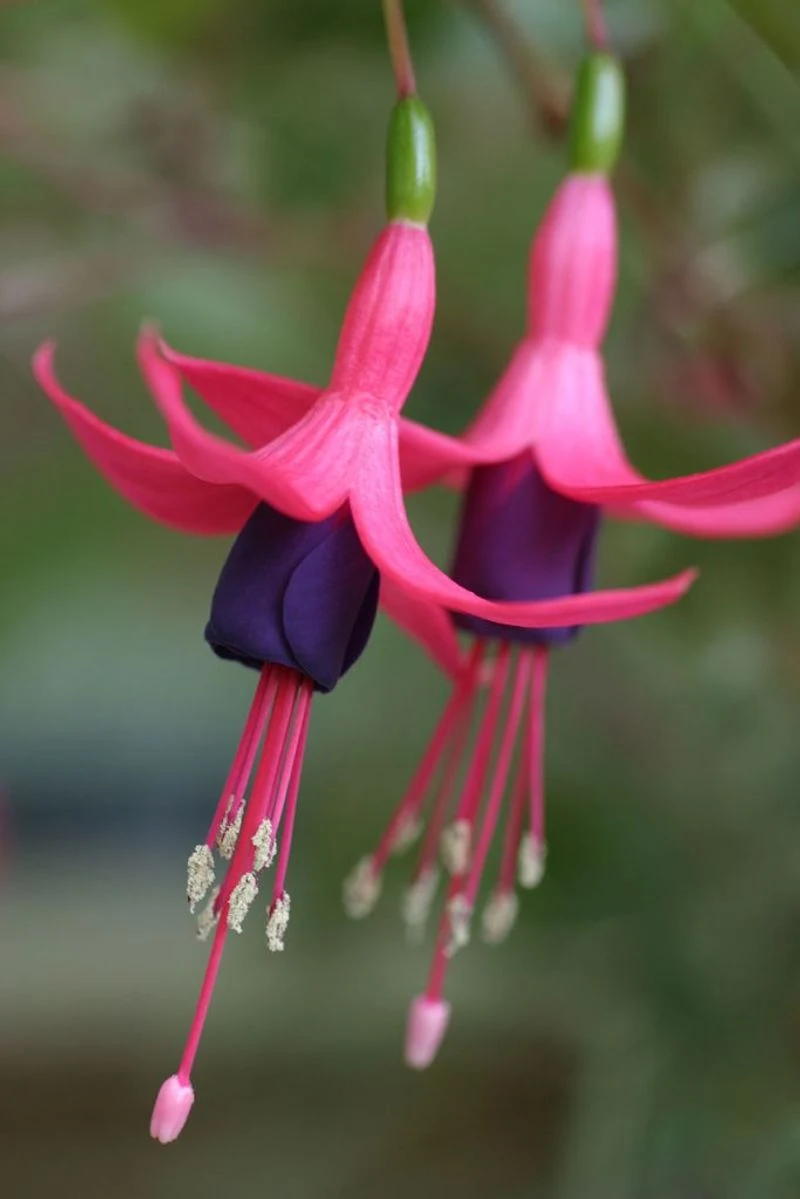
Fuchsia’s pendulous blooms resemble delicate earrings, offering vibrant color in shaded places. It’s as if the plant is putting on a show, each flower a spark of joy.
These plants thrive in filtered light, providing lively blooms throughout the growing season. Their cascading flowers make them perfect for hanging baskets.
Caring for fuchsias involves consistent watering and protecting them from harsh sun, resulting in a display of whimsical colors that enchant the eye.
Heuchera
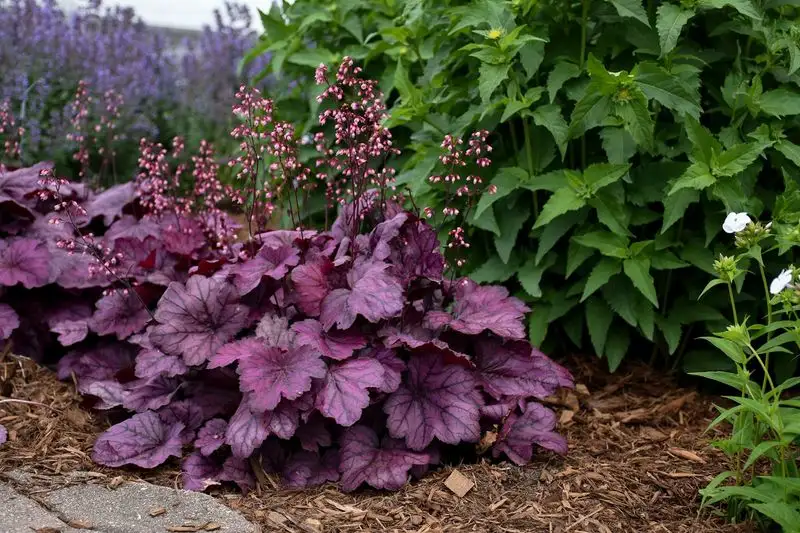
Heuchera, or coral bells, offer a kaleidoscope of foliage colors that light up shady gardens. These plants bring an artistic flair to garden design, with leaves ranging from deep burgundy to bright lime.
Thriving in partial to full shade, heucheras are resilient and easy to care for, their foliage creating a continuous tapestry of color. They’re excellent for ground cover or as an accent in containers.
To maintain heucheras, focus on well-drained soil and occasional division, showcasing their adaptability and striking appearance.
Japanese Maple
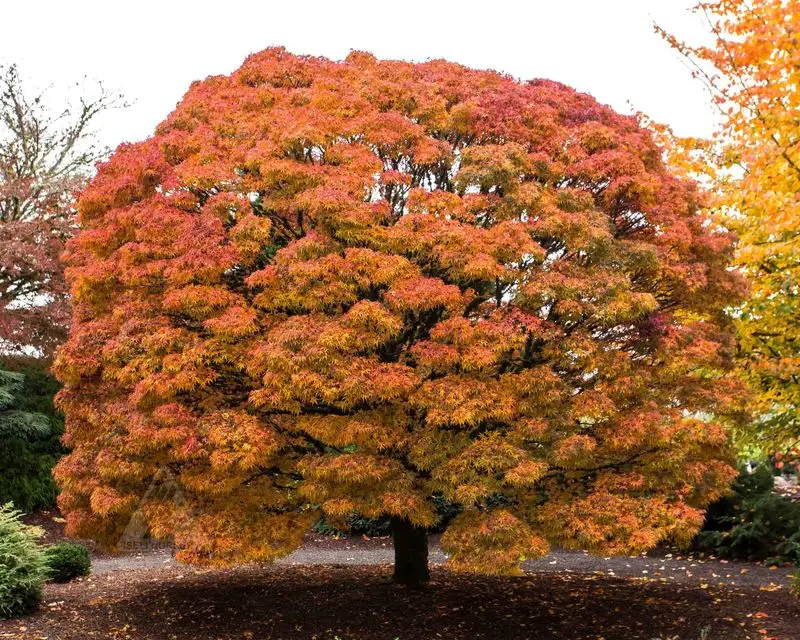
Japanese maples stand as living sculptures in the garden, their delicate leaves creating a sense of tranquility. They prefer dappled shade, where their foliage can display vibrant hues without sun scorch.
These trees are ideal for adding architectural interest, their shapes and colors transforming shaded areas into serene retreats. They evoke a sense of peace and contemplation.
To grow Japanese maples, ensure well-drained soil and protect them from harsh winds, nurturing their graceful growth and stunning presence.
Tiarella
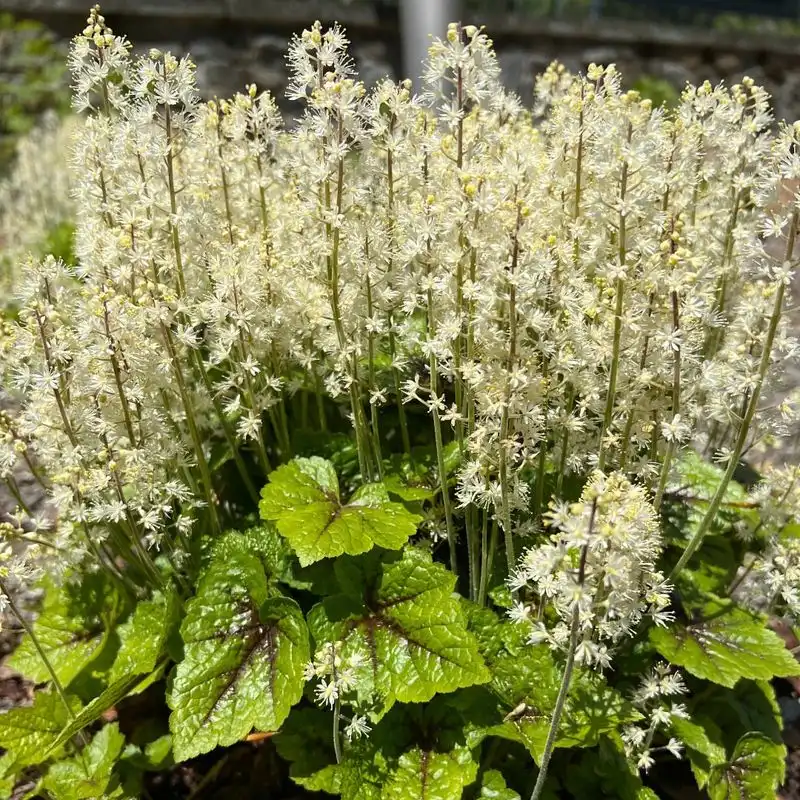
Tiarella, or foam flower, offers a woodland elegance that captivates with its frothy blooms. In shaded environments, these plants create a carpet of delicate beauty.
Their leaves have a unique shape and often display variegation, adding visual interest even when not in bloom. Tiarellas prefer moist, rich soil, thriving under the canopy of trees.
Caring for tiarella involves maintaining soil moisture and providing shade, making them a charming addition to naturalistic gardens seeking subtle allure.
Lungwort
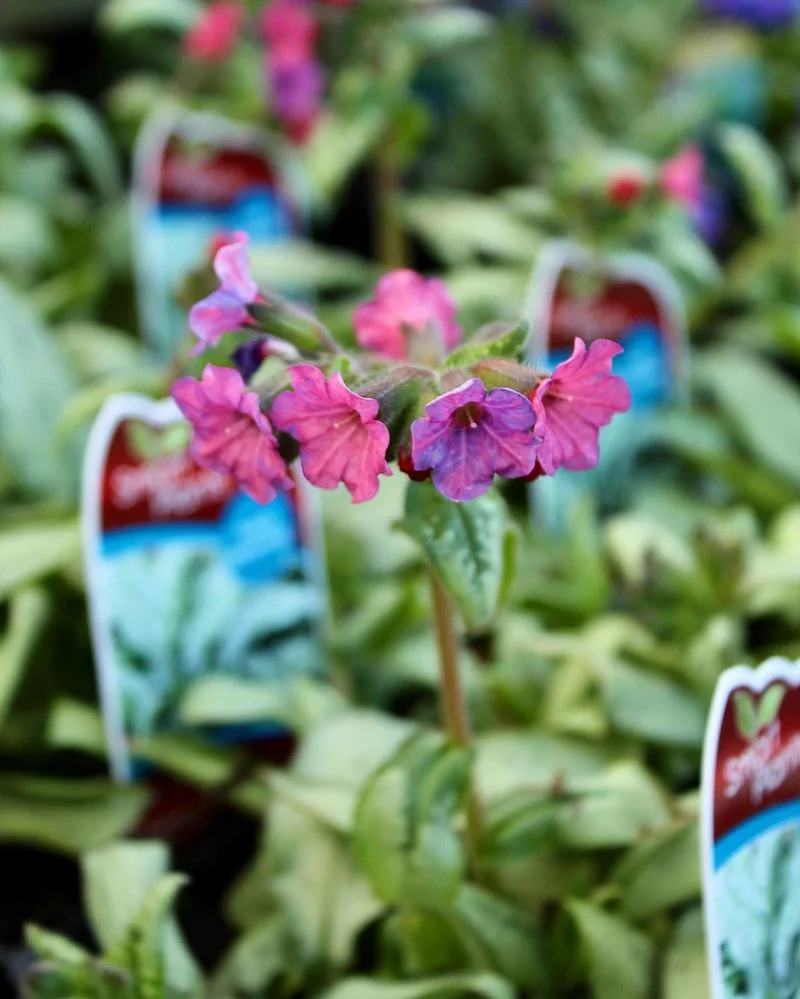
Lungwort’s whimsical name matches its appearance, with spotted leaves and clusters of small flowers. In the shade, it adds a touch of enchantment to gardens.
These plants thrive in cool, moist environments, their foliage providing year-round interest. The flowers often change color, offering a dynamic aspect to garden design.
Maintaining lungwort involves regular watering and avoiding direct sun, resulting in a resilient plant that charms with its distinctive leaves and changing blooms.

